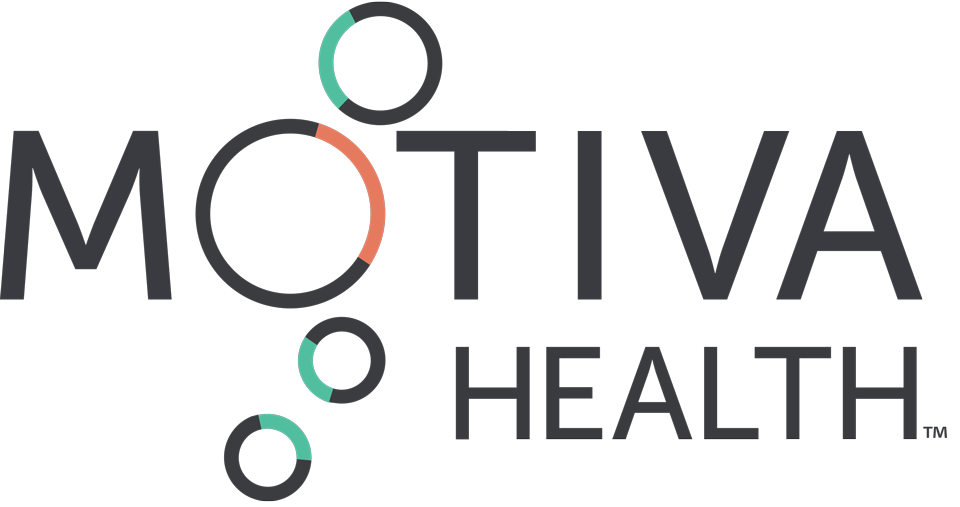Take 5: Meditation Made Easy
Take 5: Meditation Made Easy
Undoubtedly, there is a very powerful correlation between meditation and transformation. Over the years, studies have shown meditation is associated with a vast array of positive effects, including decreases in stress levels, a reduction in aches and pains, improved mood, and even better job performance. Furthermore, there’s even research to show that commitment to a practice could potentially change the physical structure of the brain, notably by way of increases in cortical thickness of the hippocampus (associated with learning and memory) and decreases in grey-matter density in the amygdalia (the area that’s associated with anxiety and stress).
Although meditation is an ancient tradition in many cultures, the technique has just recently made entry into the business world. Whether you’ve never tried meditation or have an established routine in place, we encourage you to submerge yourself in the growing movement of meditation at the office. To give you a nudge, we’ve put together a guide for a 5-minute laser meditation session, designed for none other than, your worksite.
- If you choose to remain at your desk, settle into your chair and ground your feet into the floor. If you move to a spot on the floor, sit with your legs loosely crossed and rest your palms in your lap. In either position, your spine should be erect, and your body relaxed and comfortable.
Note: Talk to the docs if you have knee, hip or back pain that may pose discomfort during your practice. He or she may have tips for you such as using a pillow or choosing a position that’s more supportive for your spine.
- Take a minute to reflect upon what motivates your meditation practice.
- Close your eyes, and begin to become aware of your breath. Take 5-10 deep “belly” breaths. As you breathe in, bring a sense of peace into your mind and relaxation into your body. As you breathe out, release the stress, worry and tension you are holding in your body.
- Begin the activity of quieting the mind by holding your breath for a few moments at the top of each inhalation. Notice the space of stillness between the inhalation and exhalation. Continue this for 5 to 10 breath cycles.
- Switch to every day breathing. Choose one aspect of your breath to pay attention to, such as the inflow of breath at your nostrils or the rising and falling of your chest or abdomen. Do your best to give your attention to your breath in this moment. Continue this for several breath cycles.
Note: When your mind begins to wander, simply recognize yourself as the observer of your thoughts, and without judgment, bring yourself back to the awareness of your breath. If the mind is very loud, you can choose to come back to holding your breath at the top of each inhalation at any time.
- Become aware of the effect of your practice. Notice any shifts that have occurred from the beginning of your session to now, any changes in the content of your thoughts or the sensations in your body.
- As you feel ready, slowly bring yourself back to the room, gently fluttering your eyes open. Allow the benefits of this practice to expand into the rest of your workday as well as other aspects of your life.
For a longer meditation at home or over an extended break, simply increase the number of breath cycles in step number 5 above.
Having trouble staying committed to a meditation routine? Read A Guide to Setting and Achieving Goals. Or, is a quiet sitting meditation simply not for you? We have more techniques for you to explore! Check out De-Stress + Relieve Pain: 3 New (Old) Ways
Medical Disclaimer
The information and reference guides in this website are intended solely for the general information for the reader. The contents of this web site are not intended to offer personal medical advice, diagnose health problems or for treatment purposes. It is not a substitute for medical care provided by a licensed and qualified health professional. Please consult your health care provider for any advice on any exercise, medication, nutrition, or supplementation.

